Disclosure: This article contains affiliate links. We may earn a commission from purchases at no extra cost to you, which helps our travel content.
I've always been drawn to places where history leaves its mark on the present – where the echoes of the past still resonate if you listen carefully enough. Calabar, Nigeria, is precisely such a place. As someone who's navigated the waters between cultures my entire life, from my German father's structured world to my Mexican mother's vibrant heritage, I find myself uniquely attuned to destinations where multiple historical narratives converge. Calabar sits at such a crossroads – a city where colonial powers once established trading posts and where countless lives were forever altered by the transatlantic slave trade. My week-long journey through this coastal Nigerian city was both sobering and enlightening, offering a window into a difficult history that demands to be acknowledged. With my safety inspector's eye for detail and my traveler's heart for authentic experiences, I set out to explore Calabar's historical sites on a modest budget, finding that sometimes the most meaningful travels are those that challenge us to confront the complex layers of human history.
Understanding Calabar's Historical Significance
Before visiting Calabar, I spent weeks researching its complex history, a practice I've maintained since my university days in Frankfurt. Situated along the Calabar River in southeastern Nigeria, this port city served as a significant trading post for European powers beginning in the 17th century. The British, Dutch, and Portuguese all established presence here, but it was the British who eventually dominated, making Calabar the capital of the Oil Rivers Protectorate in 1884 before it became part of the Southern Nigeria Protectorate.
What struck me most during my research was Calabar's pivotal role in the transatlantic slave trade. An estimated 30% of all enslaved Africans passed through this region, many departing from the shores I would soon walk along. As someone whose professional life revolves around assessing risks and ensuring safety, there's a profound irony in exploring a place where so many were stripped of their most basic human securities.
I arrived in September, when the worst of the rainy season has passed but before the intense heat of dry season sets in. My first day was spent simply walking the city's streets, noting the architectural remnants of colonial rule that stand in stark contrast to newer structures. Ordnung muss sein (there must be order), my German father would say – but here in Calabar, the layers of history refuse to arrange themselves neatly, instead overlapping in complicated ways that demand a visitor's full attention.
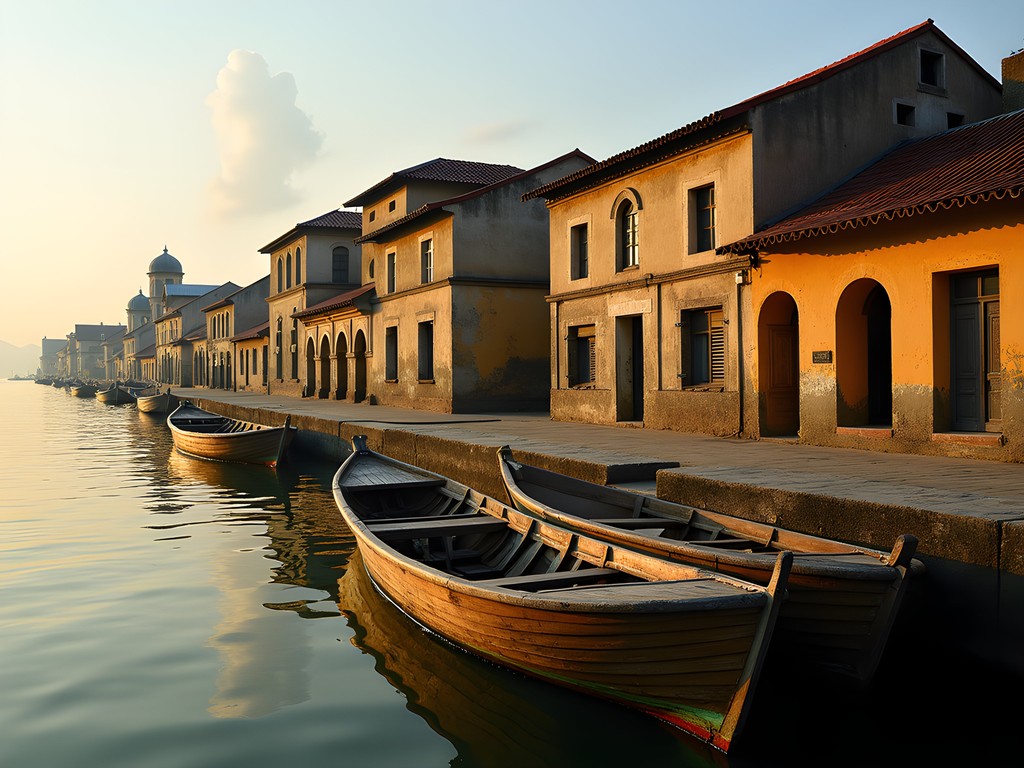
💡 Pro Tips
- Visit during September-November for milder weather and fewer tourists
- Download the Calabar Historical Sites app for offline navigation between locations
- Carry a reusable water bottle – the tropical climate demands constant hydration
The Old Residency Museum: Colonial Administrative Heart
The Old Residency Museum stands as perhaps the most visible reminder of British colonial rule in Calabar. Built in 1884 and shipped piece by piece from Britain, this prefabricated building served as the administrative headquarters for the Oil Rivers Protectorate. Now preserved as a museum, its wooden structure has weathered over a century of tropical conditions remarkably well.
I arrived early on a Tuesday morning, hoping to avoid both crowds and the worst of the day's heat. For 500 Naira (about $1.30), I gained entry to what felt like a time capsule. The museum houses an impressive collection of artifacts, from colonial-era furniture to traditional Efik cultural items. What caught my professional eye was the building's construction – the innovative ventilation system designed to cope with tropical heat without modern air conditioning.
My safety inspector's instincts kicked in as I examined the building's adaptations to its environment. The raised foundation, wide verandas, and strategic window placement all spoke to practical solutions for climate challenges. I found myself taking detailed notes, comparing these historical approaches to modern safety standards I enforce back home.
The museum's second floor houses exhibits on the transatlantic slave trade, including disturbing artifacts like chains and documents recording human beings as cargo. Standing before these displays, I felt the weight of history in a visceral way. My travel journal filled quickly with reflections that day – something about physically writing helps me process difficult historical realities more effectively than typing notes on my phone.
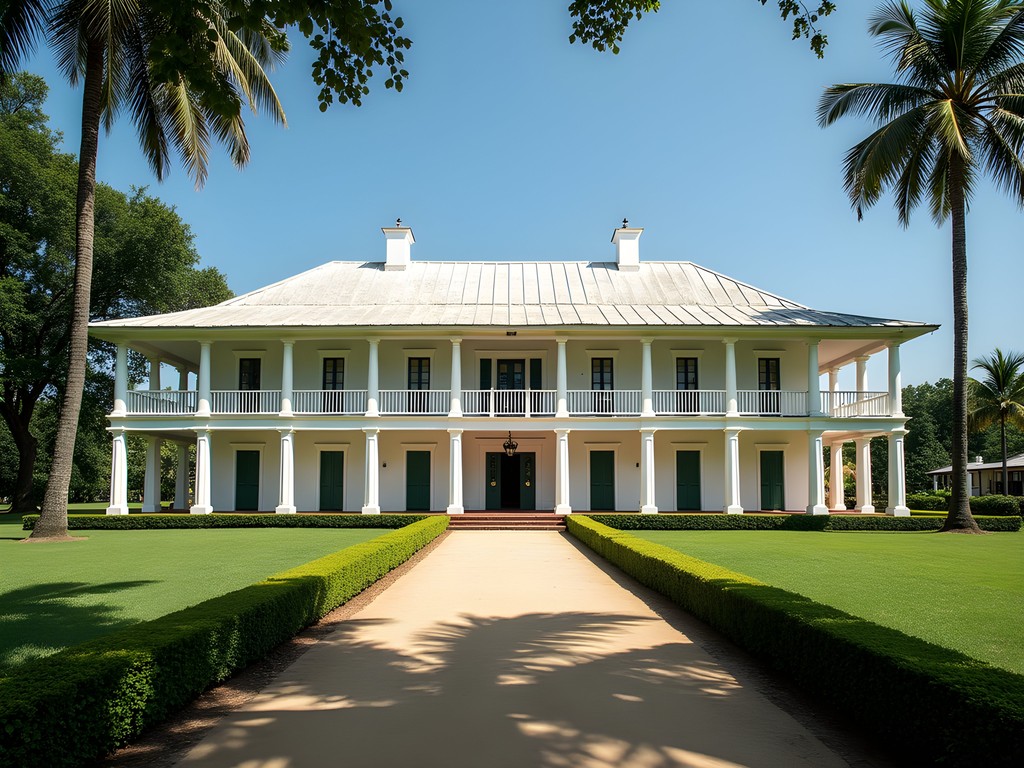
💡 Pro Tips
- Visit early in the morning to avoid crowds and heat
- Hire one of the knowledgeable local guides for deeper context
- Photography is allowed but without flash
Marina Resort and Slave History Museum
The Marina Resort occupies what was once prime real estate for colonial trading companies along the Calabar River. Today, it's been transformed into a recreational area that somewhat jarringly combines historical significance with modern entertainment options. For 1,000 Naira (about $2.60), visitors gain access to the entire complex, including the Slave History Museum housed within.
The juxtaposition here is striking – families enjoying ice cream and children riding carnival attractions just steps from where countless enslaved Africans were once held before their forced journey across the Atlantic. This collision of past tragedy and present leisure creates a cognitive dissonance that I struggled with throughout my visit.
The Slave History Museum itself, housed in a round building at the resort's center, provides a sobering counterpoint to the lighthearted atmosphere outside. Through artifacts, documents, and multimedia presentations, it chronicles the brutal realities of the transatlantic slave trade with particular focus on Calabar's role. The museum's detailed exhibits include replicas of slave ships showing the inhumane conditions of the Middle Passage.
I spent nearly three hours in this relatively small museum, moving slowly through exhibits that documented how European demand for palm oil, ivory, and human labor transformed this region. My professional background in risk assessment kept bringing me back to one thought: how systems designed to maximize profit often minimize human safety and dignity – a pattern that extended from colonial exploitation to modern industrial practices I sometimes encounter in my work.
After the emotional weight of the museum, I found myself needing space to process. I walked along the resort's waterfront, watching boats on the same river that once carried slave ships, and used my compact binoculars to spot birds along the shoreline – a small moment of natural beauty that provided necessary balance to the day's heavy historical content.
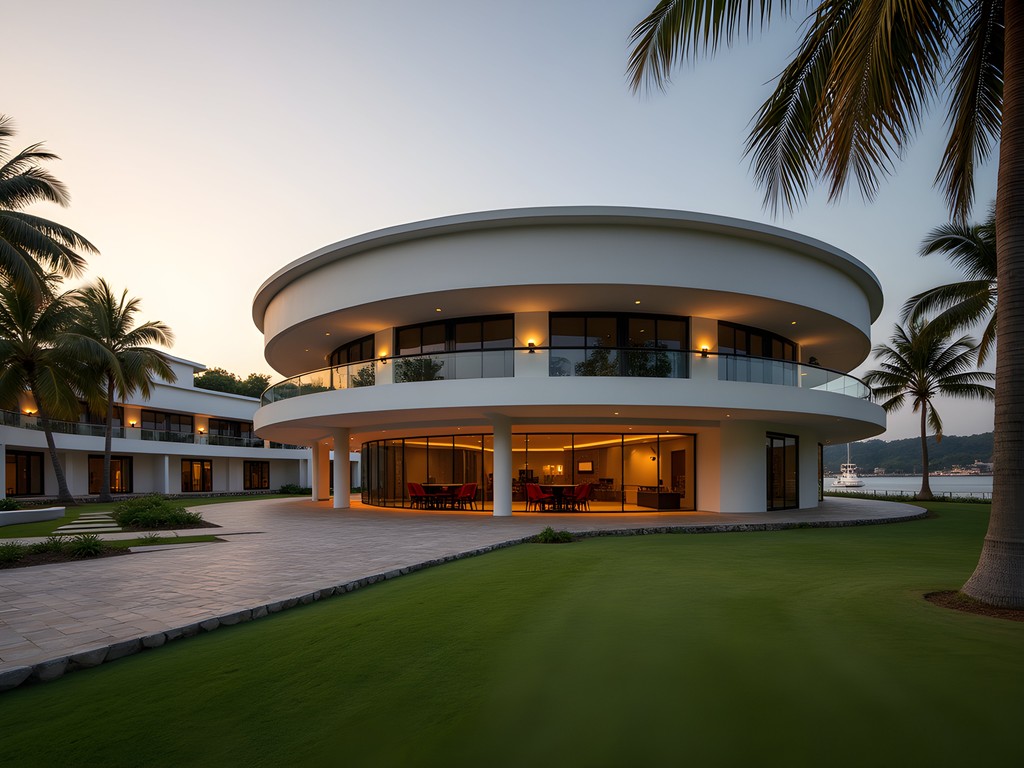
💡 Pro Tips
- Allocate at least 2-3 hours for a meaningful visit to the Slave History Museum
- Consider hiring a guide who can provide additional context beyond the displays
- Visit on weekdays to avoid weekend crowds from the entertainment section
Duke Town and the Royal Cemetery
Duke Town represents the historical heart of Old Calabar, where powerful Efik trading families once controlled commerce with European ships. The area is named after the Duke family, one of several prominent Efik households who served as middlemen in the palm oil trade – and earlier, in the slave trade. Walking these streets offers a different perspective on colonial history, highlighting African agency and participation within a system ultimately controlled by European economic interests.
The Presbyterian Church of Nigeria, established by Scottish missionaries in 1846, stands as one of the oldest Western religious buildings in Nigeria. Its presence reflects another dimension of colonization – the introduction of Christianity that would profoundly transform local spiritual practices. I visited during a weekday when the church was quiet, its simple wooden pews and stained glass windows telling the story of cultural transformation through religion.
Nearby, the Royal Cemetery contains the graves of Efik kings (or Obongs) and other nobility. Many tombstones feature fascinating combinations of Christian symbolism and traditional Efik motifs, visually representing the cultural hybridization that colonialism produced. Some graves date back to the early 19th century, with inscriptions in English that speak to the early adoption of European languages by Efik elites.
As someone who grew up between two distinct cultures, I found myself particularly drawn to these physical manifestations of cultural blending. My father's German precision and my mother's Mexican warmth created their own hybrid culture in our Frankfurt home – on a much smaller scale than the massive cultural transformations that colonialism wrought, but enough that I feel a particular sensitivity to these historical processes.
The cemetery grounds require careful navigation, especially during rainy season when paths become slippery. My hiking boots proved invaluable here, providing the stability needed to explore the uneven terrain safely – a small but important detail that made my exploration much more comfortable.
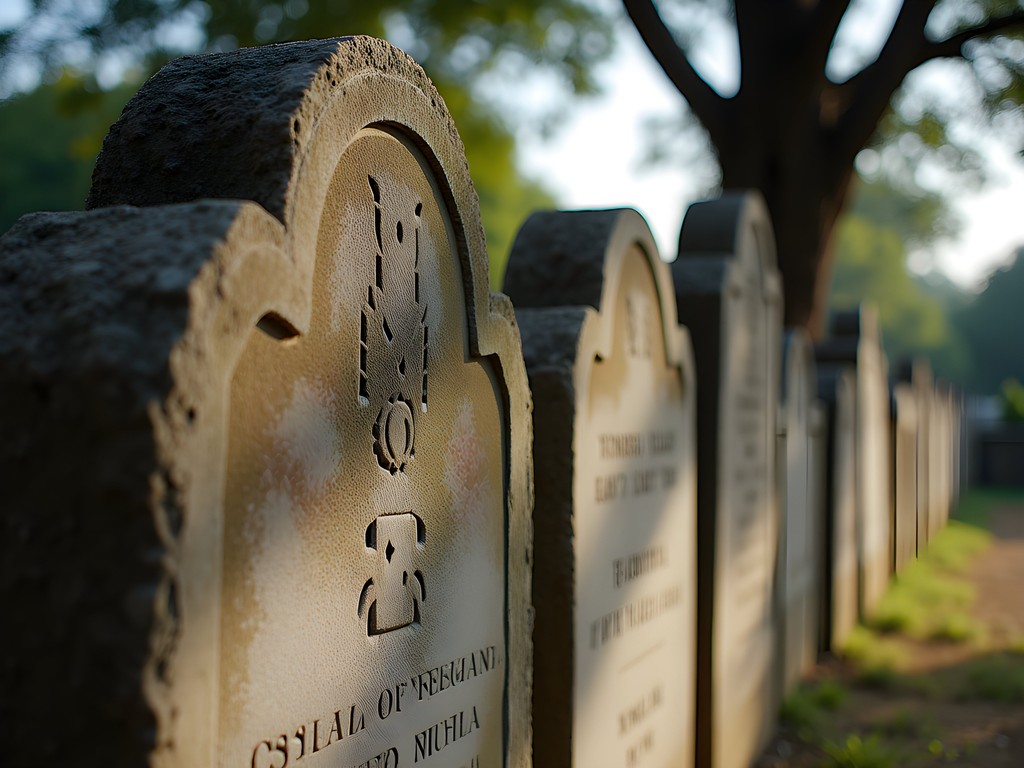
💡 Pro Tips
- Visit the Presbyterian Church outside of service times for quiet reflection
- Wear closed, sturdy shoes for navigating the sometimes uneven cemetery grounds
- Ask permission before taking photos at the Royal Cemetery as some areas are considered sacred
Retracing the Route: Creek Town and the Point of No Return
No historical exploration of Calabar's slave trade legacy would be complete without visiting Creek Town, located about 15km from central Calabar. This settlement served as another major trading post during the colonial era. I hired a local driver for 8,000 Naira (about $21) for the round trip and spent a full day exploring this less-visited but historically significant area.
Creek Town's importance stems from its position along the Cross River, which provided access to interior regions. European ships would anchor here to trade with Efik middlemen, exchanging manufactured goods for palm oil, ivory, and enslaved people. The former European trading posts are mostly gone now, but the community preserves aspects of its history through oral traditions and remaining structures.
The most emotionally impactful part of my Calabar journey was visiting the area locally known as the "Point of No Return" – the final departure point where enslaved Africans were loaded onto ships bound for the Americas. Unlike more developed slave route tourism sites in places like Senegal or Ghana, this location remains relatively unmarked, a simple shore along the Cross River that belies its historical significance.
Standing there as the afternoon sun began its descent, I tried to imagine the fear and despair of those forced onto ships, seeing their homeland for the last time. As a safety professional, I often think about how we protect people from harm, how we create systems to prevent tragedy. Here was a place where systems were deliberately designed to facilitate human suffering on an industrial scale.
I sat on the riverbank for nearly an hour, writing in my journal and occasionally using my waterproof camera to document the peaceful scene that once witnessed such horror. The contrast between the tranquil present and the violent past creates a tension that defines much of Calabar's historical tourism.
Manchmal muss man der Geschichte ins Auge blicken – sometimes one must look history in the eye, as my father would say. This direct confrontation with difficult history is what makes Calabar such a profound destination for thoughtful travelers willing to engage with complex narratives about colonialism, trade, and human exploitation.
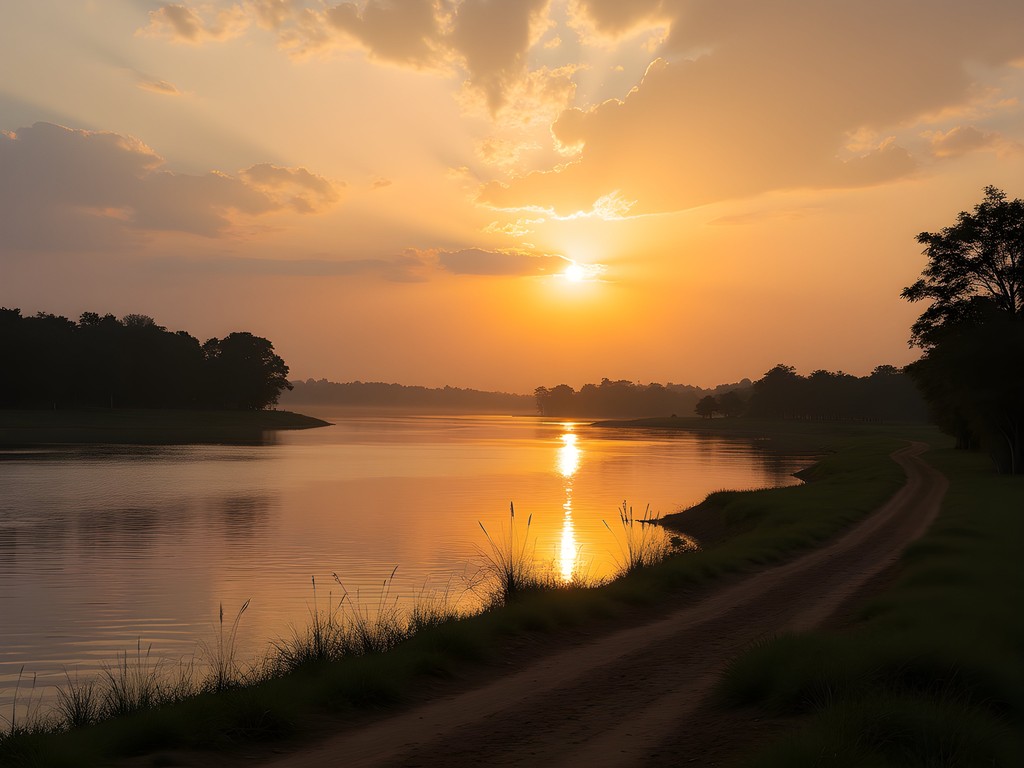
💡 Pro Tips
- Hire a knowledgeable local guide who understands Creek Town's specific history
- Bring mosquito repellent as the riverine areas can have more insects
- Allow for quiet reflection time at historically significant sites
National Museum of Calabar: Contextualizing the Colonial Experience
The National Museum of Calabar, housed in a modern building in the city center, provides essential context for understanding the region's history beyond just the colonial period. With an entrance fee of just 200 Naira (about $0.50) for foreign visitors, it represents exceptional value for budget travelers seeking historical depth.
Unlike the more specialized museums focused specifically on colonial administration or the slave trade, the National Museum offers a broader chronological perspective. Its exhibits begin with archaeological artifacts from pre-colonial societies, establishing that this region had rich, complex cultures long before European arrival. This contextual framing is crucial for understanding colonialism not as the beginning of history here, but as a disruptive chapter in a much longer story.
The museum's colonial section documents the gradual transition from trade partnerships to political domination, showing how commercial relationships evolved into formal colonization. Particularly interesting are the displays showing resistance to colonial rule, including artifacts from various uprisings and protests that challenged British authority.
As someone who has worked in industrial safety across different countries, I was drawn to exhibits showing how colonial economic systems reorganized local production methods. Traditional palm oil processing tools sit alongside industrial equipment introduced by Europeans – a visual representation of how colonialism transformed not just political structures but everyday work practices and safety considerations.
The museum's post-independence section brings the historical narrative full circle, documenting Nigeria's journey since 1960. This comprehensive approach helps visitors understand how colonial legacies continue to shape contemporary challenges and opportunities.
I spent my final afternoon in Calabar here, synthesizing everything I'd learned throughout the week. My safety inspector's habit of thorough documentation served me well as I reviewed detailed notes in my waterproof notebook – a travel essential that's protected my observations through countless unexpected tropical downpours across three continents.
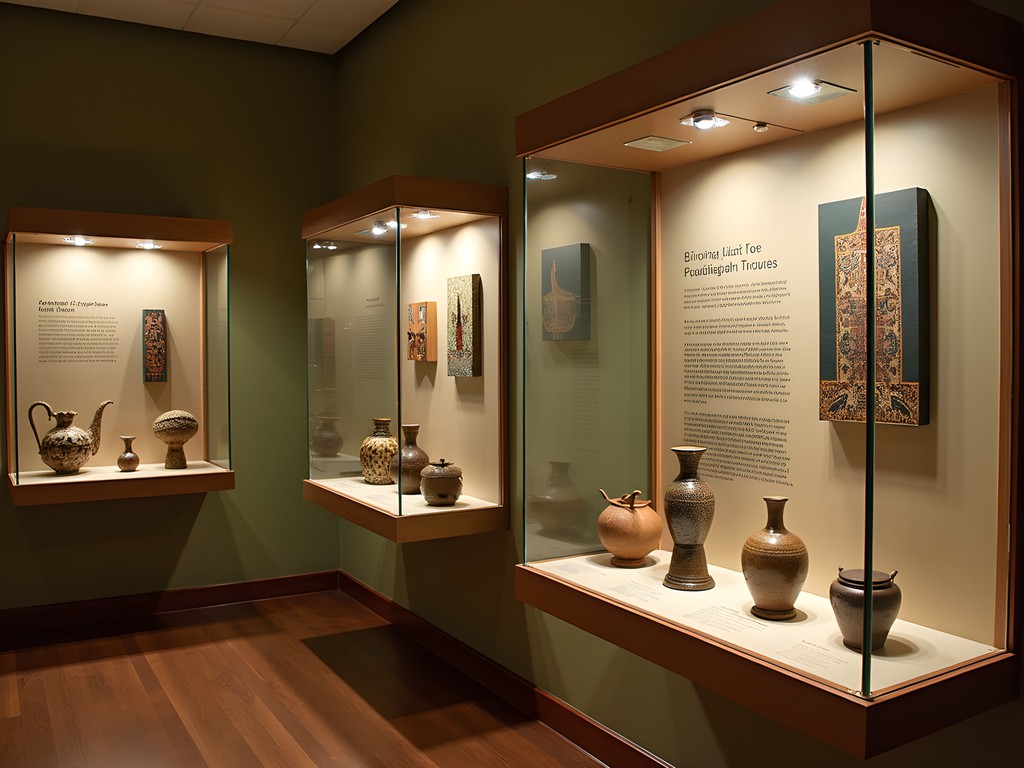
💡 Pro Tips
- Visit the National Museum early in your trip to gain historical context for other sites
- The museum is closed on Mondays – plan accordingly
- Ask staff about the temporary exhibitions which rotate regularly
Final Thoughts
My week in Calabar left me with more questions than answers – perhaps as it should be when confronting such complex historical legacies. As travelers, we often seek neat narratives and clear moral lessons, but Calabar offers something more valuable: a nuanced understanding of how colonial history continues to shape our present world. The city doesn't sanitize its difficult past, nor does it reduce it to simple villains and victims. Instead, it invites visitors to engage with the full complexity of historical forces that transformed not just this region but entire continents through the mechanisms of trade, exploitation, cultural exchange, and resistance. If you're willing to look beyond the surface and engage with challenging histories, Calabar offers profound insights that few tourist destinations can match. As my German father would say, Wer die Vergangenheit nicht kennt, kann die Gegenwart nicht verstehen – those who don't know the past cannot understand the present. In Calabar, that understanding comes not just from museums and monuments, but from the living cultural synthesis that continues to evolve in this remarkable Nigerian city.
✨ Key Takeaways
- Calabar offers budget travelers a rare opportunity to engage with colonial history beyond the simplified narratives found in more commercialized historical tourism sites
- Visit multiple museums and historical sites to gain different perspectives on the colonial era and slave trade
- Local guides provide essential context that written materials often miss – budget for at least one guided experience
- Allow time for emotional processing when visiting sites associated with historical trauma
📋 Practical Information
Best Time to Visit
September to November (early dry season)
Budget Estimate
$30-50 per day including accommodation, food, and site entries
Recommended Duration
5-7 days
Difficulty Level
Moderate

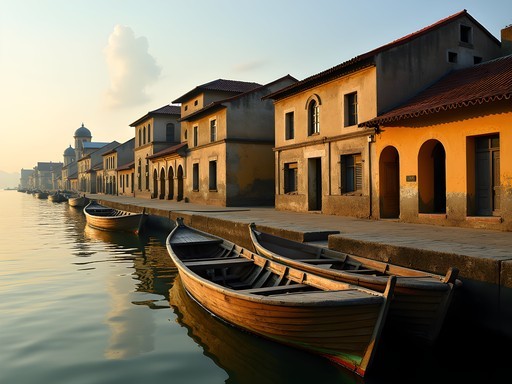
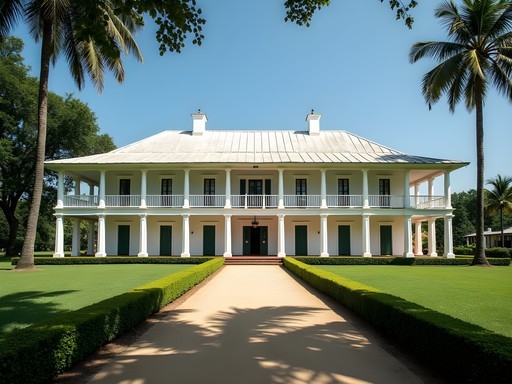
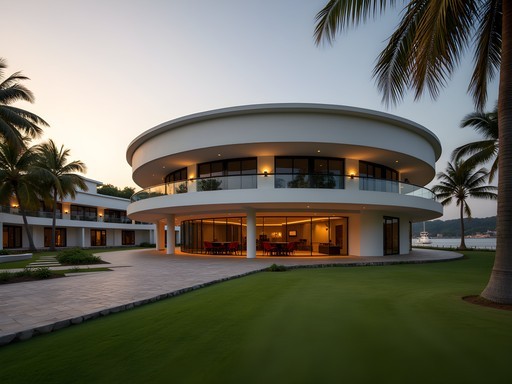
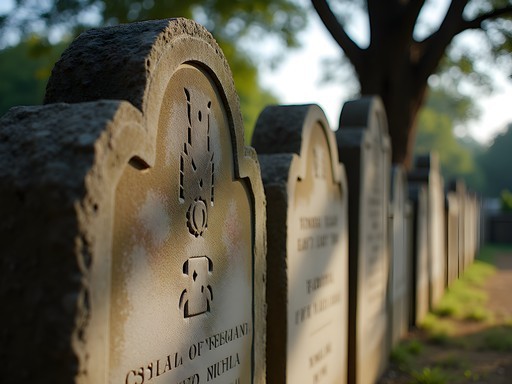
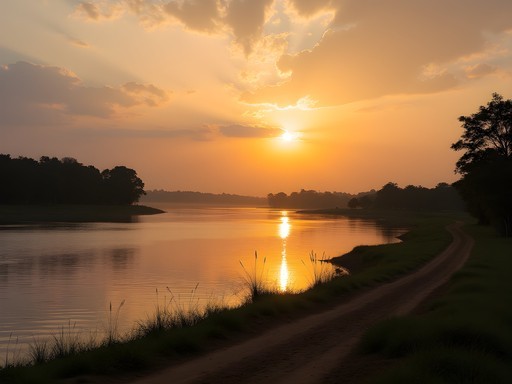
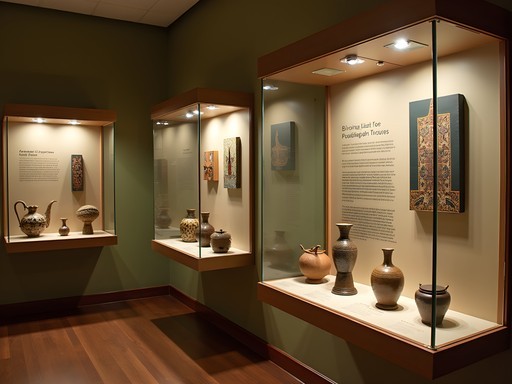









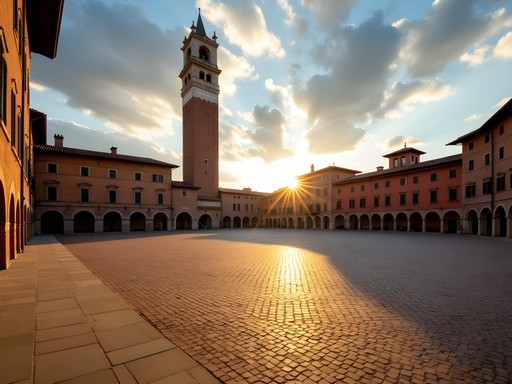
Comments
journeybuddy
I visited Calabar last year and was similarly moved by the Slave History Museum. The exhibits showing the conditions people endured were heartbreaking but so important to understand. I appreciated how you framed this as both acknowledging the painful history while also celebrating the resilience of the culture. One thing I'd add for visitors - take time to explore the local food scene too. The pepper soup and ekpang nkukwo dishes were amazing, and talking with restaurant owners added another layer to understanding the region's history through its cuisine. I documented a lot of my journey in my travel journal which helped process the emotional aspects of visiting such historically significant sites.
travelrider
How safe did you feel walking around Calabar? Planning a solo trip there.
Savannah Torres
I was in Calabar earlier this year with my teenage son - we felt quite safe in the main tourist areas during daylight hours. Like anywhere, just be aware of your surroundings. The Marina Resort area is well-patrolled and comfortable for visitors.
Megan Martin
Jennifer, thank you for this thoughtful exploration of Calabar. I visited last year while in Nigeria for a conference and was similarly moved by how the city preserves these complex historical narratives. The Old Residency Museum's architecture alone tells such a story about colonial power structures. I found having a local guide really enhanced my understanding - did you work with anyone specific? The historical context they provided made all the difference in processing what I was seeing.
adventurechamp
I'm planning a trip there next month. Any recommendations for local guides who really know the history?
Megan Martin
I worked with a guide named Emmanuel through the museum itself - highly recommended! Very knowledgeable about both colonial history and local perspectives.
globeexplorer
Powerful post. It's so important to acknowledge these difficult histories when we travel. Thanks for sharing this perspective on Calabar.
sunsetwalker
WOW!!! Just got back from Nigeria last month and Calabar was the highlight!!! Your post captures it perfectly! The Marina Resort area has been renovated since your visit - they've added a small exhibition on contemporary Nigerian art that connects to the historical themes. The boat trip to Creek Town was AMAZING - our guide pointed out spots where ships would anchor during the slave trade era. So heartbreaking but important to witness. Did anyone else feel overwhelmed by the Royal Cemetery? Those grave markers with their stories hit me HARD. Jennifer - did you try the local pepper soup? It was incredible after a long day of historical sightseeing!
Jennifer Rodriguez
So glad to hear about the new exhibition! And yes, the pepper soup was amazing - I had it almost every evening! The Royal Cemetery was definitely one of the most moving parts of the trip for me too.
startime
Really appreciate this thoughtful post. I'm planning a trip through West Africa next year and wondering if you think Calabar deserves more than just a day trip? Was the Slave History Museum emotionally difficult to visit? I've been to similar sites in Ghana and found I needed time to process afterward.
Jennifer Rodriguez
I'd definitely recommend at least 2-3 days. The Slave History Museum is indeed emotionally taxing - I spent a full morning there and needed the afternoon to decompress. The exhibits are powerful and don't shy away from the brutal realities. If you're including it in a West Africa tour, I found reading travel guide beforehand helped provide context.
startime
Thanks for the honest perspective. I'll make sure to give myself enough time there rather than rushing through. Will check out that guide too.
Taylor Moreau
Jennifer, your piece brings back vivid memories of my own visit to Calabar last year while researching for a business conference on West African economic development. The juxtaposition of colonial architecture against the backdrop of modern Nigerian life is indeed striking. The Old Residency Museum's collection was more extensive than I expected, particularly the documents detailing administrative decisions during the colonial period. I found it particularly illuminating how the museum presents multiple perspectives rather than a single narrative. Did you have a chance to speak with any of the local historians? Their insights added considerable depth to my understanding of the region's complex past.
travelguy
Powerful stuff. Been wanting to visit Calabar for years.
Jennifer Rodriguez
Thanks! It's definitely worth the trip if you're interested in this kind of history. Let me know if you need any specific advice when you plan your visit.
travelguy
How's the safety situation there? Any concerns for solo travelers?
Jennifer Rodriguez
I felt quite safe in Calabar itself - it's more relaxed than Lagos. Just use standard precautions. Having a local guide really helps, especially for the more remote historical sites.
wanderlust_emma
Really powerful post. Added Calabar to my bucket list.
HistoryBuff92
As someone with ancestors who were likely trafficked through West African ports like Calabar, I found this post both difficult and necessary to read. I visited last year and had such a complex emotional experience at the Slave History Museum. It's important that travelers engage with these difficult histories rather than just seeing the 'pretty' parts of destinations. I appreciate how you approached this with sensitivity while not shying away from the colonial legacy. Did you find that local guides were open to discussing these topics? My experience was mixed.
Jennifer Rodriguez
Thank you for sharing your perspective. You're right that it's a complex emotional journey. I found most guides very willing to discuss the history candidly - especially at the museums. One guide at Duke Town was particularly knowledgeable about both the European and African dimensions of the trade. I think tourism is slowly shifting toward more honest historical engagement.
Venture X
Premium card with 2X miles, $300 travel credit, Priority Pass